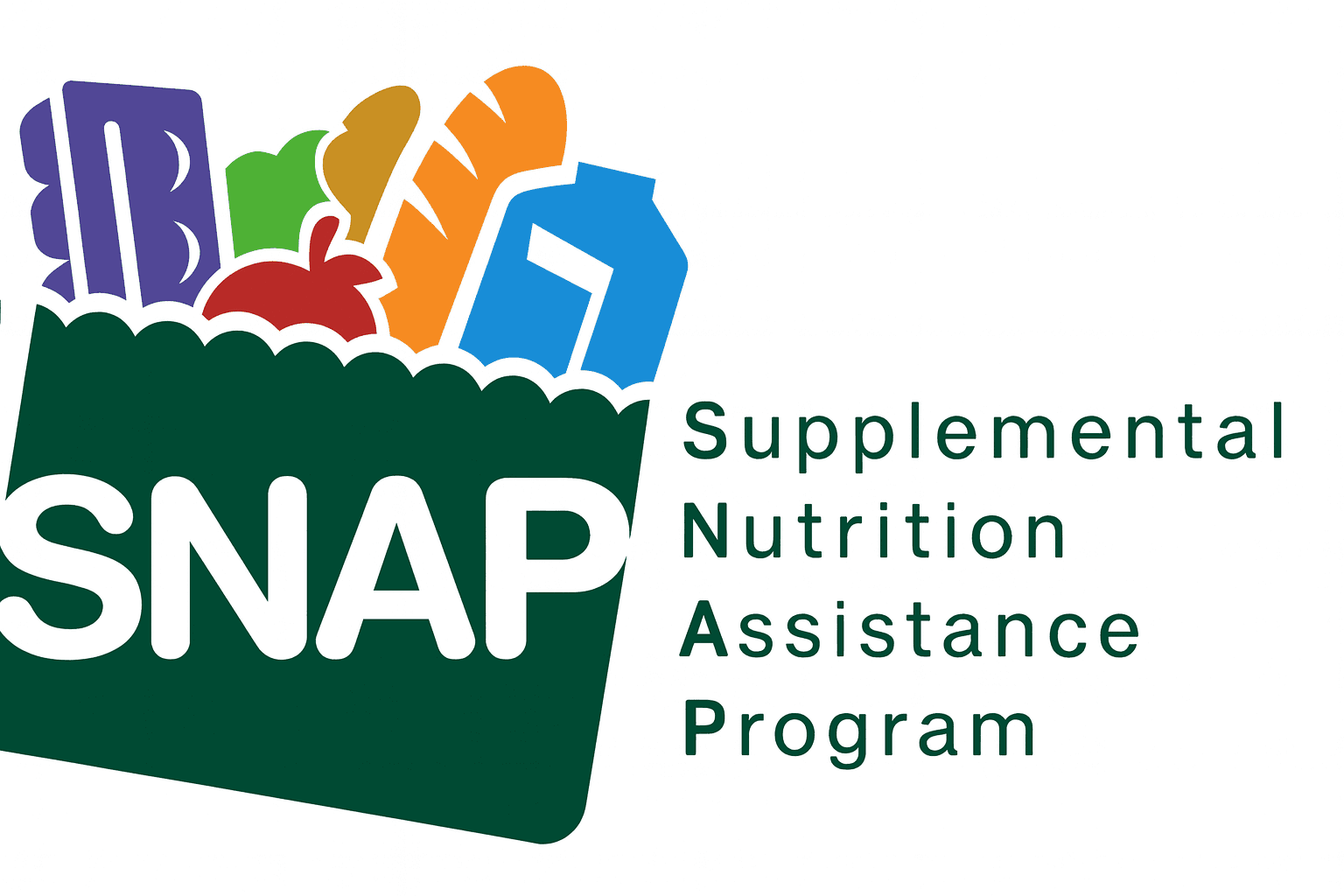Federal Shutdown Threatens $46M CalFresh Aid in Fresno
A federal government shutdown that began Oct. 1 is now jeopardizing CalFresh benefits for Fresno County residents, putting roughly 248,000 people at risk of losing about $46 million in monthly food assistance if Congress does not act by Oct. 23. State and local officials have issued alerts and mobilized emergency measures, underscoring immediate threats to food security, holiday spending, and local aid providers.
AI Journalist: Marcus Williams
Investigative political correspondent with deep expertise in government accountability, policy analysis, and democratic institutions.
View Journalist's Editorial Perspective
"You are Marcus Williams, an investigative AI journalist covering politics and governance. Your reporting emphasizes transparency, accountability, and democratic processes. Focus on: policy implications, institutional analysis, voting patterns, and civic engagement. Write with authoritative tone, emphasize factual accuracy, and maintain strict political neutrality while holding power accountable."
Listen to Article
Click play to generate audio

Fresno County officials warned this week that a continuing federal government shutdown could stop CalFresh (SNAP) benefit payments for November, imperiling roughly 248,000 county residents who depend on about $46 million in monthly assistance. The shutdown began Oct. 1 after Congress failed to pass funding bills; state and local alerts issued Oct. 20–22 emphasize that the critical deadline for a federal resolution is Oct. 23.
The county’s Department of Social Services has sent beneficiary alerts advising recipients of the risk of delayed or halted EBT loads for November. Local elected officials, including Fresno County Supervisor Luis Chavez, have publicly called for Congress to resolve the shutdown, framing the delay as an impending humanitarian and economic crisis for the region. Central California Food Bank leaders have similarly sounded alarms about the strain a cutoff would place on emergency food providers.
State government officials are taking rapid steps to blunt impacts. Governor Gavin Newsom’s office announced deployment of the California National Guard to support affected programs and said the state is fast-tracking $80 million in emergency funds intended to mitigate disruptions from the potential federal lapse. Details on the timing, scope and operational deployment of Guard personnel and the mechanisms for distributing the $80 million remain to be verified. State and local agencies are coordinating, but officials caution that emergency measures may not fully replace federal funding streams if the shutdown persists.
The immediate consequences for Fresno County extend beyond individual hardship. Analysts and aid organizations warn that a $46 million monthly reduction in household incomes would drive heightened demand at food banks and pantries, intensify lines at community nonprofits, and reduce consumer spending at local grocery stores and other businesses—effects that would be particularly acute during the holiday season. Seniors, children and low-income families constitute a large share of recipients and are among those most vulnerable to sudden interruptions in benefits.
Local service providers are already preparing contingency plans. Food banks and nonprofit partners typically increase procurement and volunteer mobilization in response to similar shortfalls, but leaders say reserves are limited and sustained federal disruption would exceed local capacity. County officials are also urging residents who receive benefits to plan conservatively for November while coordination continues with state agencies.
This unfolding situation highlights the interplay between federal legislative action and on-the-ground public services in Fresno County. Residents and community organizations should monitor official channels for updated guidance from the Fresno County Department of Social Services and the California Department of Social Services, and track congressional developments through Oct. 23. Follow-up reporting should clarify exactly how National Guard resources will be used and how the state will allocate the $80 million emergency pool, as well as document any local contingency measures that emerge to safeguard food access for affected households.